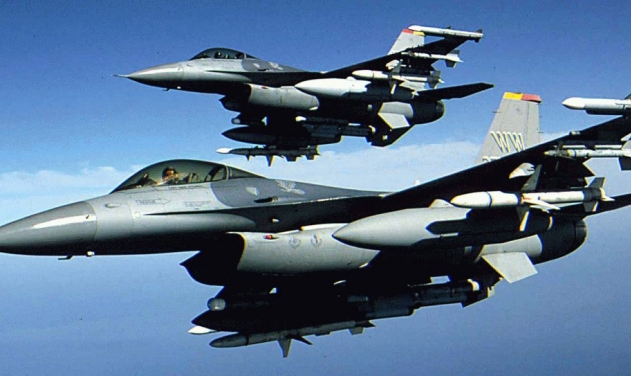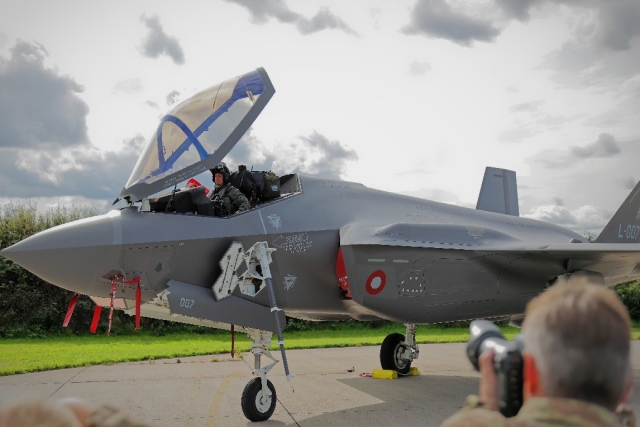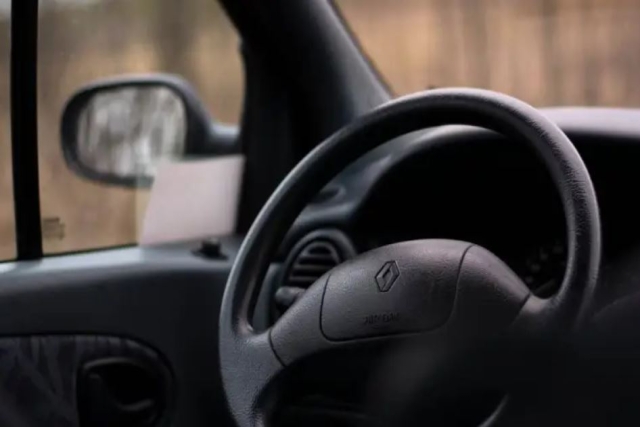Lockheed Martin Demos Unmanned Combat Mission On USAF F-16 Falcon

Lockheed Martin and US Air Force successfully demonstrated unmanned combat mission on F-16 Fighting Falcon aircraft to improve combat efficiency and effectiveness for the warfighter.
During the flight demonstration, an experimental F-16 aircraft acted as a surrogate Unmanned Combat Air Vehicle (UCAV) autonomously reacting to a dynamic threat environment during an air-to-ground strike mission, Lockheed Martin press release stated.
"This demonstration is an important milestone in AFRL's maturation of technologies needed to integrate manned and unmanned aircraft in a strike package," said Capt. Andrew Petry, AFRL autonomous flight operations engineer. "We've not only shown how an Unmanned Combat Air Vehicle can perform its mission when things go as planned, but also how it will react and adapt to unforeseen obstacles along the way."
The two-week demonstration at the Test Pilot School at Edwards Air Force Base, California, is the second in a series of manned/unmanned teaming exercises to prove enabling technologies.
"The Have Raider II demonstration team pushed the boundaries of autonomous technology and put a fully combat-capable F-16 in increasingly complex situations to test the system's ability to adapt to a rapidly changing operational environment," said Shawn Whitcomb, Lockheed Martin Skunk Works Loyal Wingman program manager. "This is a critical step to enabling future Loyal Wingman technology development and operational transition programs."
The first demonstration, Have Raider I, focused on advanced vehicle control. The experimental F-16 autonomously flew in formation with a lead aircraft and conducted a ground-attack mission, then automatically rejoined the lead aircraft after the mission was completed. These capabilities were linked with Lockheed Martin automatic collision avoidance systems to ensure safe, coordinated teaming between the F-16 and surrogate UCAV.
Effective manned/unmanned teaming reduces the high cognitive workload, allowing the warfighter to focus on creative and complex planning and management. Autonomous systems also have the ability to access hazardous mission environments, react more quickly, and provide persistent capabilities without fatigue.
"The OMS architecture used in Have Raider II made it possible to rapidly insert new software components into the system," said Michael Coy, AFRL computer engineer. "OMS will allow the Air Force maximum flexibility in the development and fielding of cutting edge autonomous capabilities".












